AO Edited
Gastro Obscura
Oginoya’s Kettle Rice Pottery
This iconic “station bento” comes in an earthenware pot you can take home and repurpose.
Oginoya, now a major company known across Japan, was originally an inn adjacent to the Kirizumi hot springs, visited by such historical figures as Hirofumi Itō, Katsu Kaishū, and Akiko Yosano. Also among those luminaries was Katsura Tarō, who would later become Japan’s prime minister.
During his visit to the Oginoya inn, Katsura mentioned the government’s plans to construct a railroad in the area. Hearing this, the innkeeper decided to shift his business, moving to the town of Yokokawa and establishing a kiosk just as the station opened in 1885.
Though the new business was a success, the remote mountainous town did not receive many visitors to begin with, save for those traveling between Takasaki and Karuizawa. To provide warm meals to those passengers on the last leg of their journeys, Oginoya created tōge-no-kamameshi (“kettle rice of the mountain pass”) in 1957, now one of the most iconic station bentos of all time.
Kamameshi is a traditional Japanese rice dish cooked in an iron pot with a variety of ingredients. Oginoya’s “kettle rice” consists of chicken, quail egg, shiitake mushroom, bamboo shoot, burdock root, green peas, chestnut, pickled ginger and apricot, laid out on the soy sauce-based takikomi gohan. It comes in a Mashiko ware clay pot instead of the typical iron kettle, giving a more rustic feel to it—and not only that, it’s a souvenir you can take home.
Oginoya’s kettle rice is not only a must-try for tourists, but also a long-standing local favorite. As such, the people of Annaka often find themselves in common trouble: too many pots at home!
But not to worry; the pottery has plenty of reuse potential for whatever purpose you can think of. While it’s commonly used as a planter or weight, old or unneeded pots are donated back to Oginoya to be repurposed in several ways, most notably recycled for local paving. If you enjoy camping or a bit of old-world cooking, you can also cook rice or even bake bread in it.
Know Before You Go
Yokokawa Station can be accessed from Takasaki; there’s a 30-minute train ride every 30 minutes.
There are three locations within a few minutes’ range: a kiosk on the station platform, the original 1885 eatery in front of the station (with a small free-to-enter museum across the street), and a drive-in style cafeteria with a gift shop. While the drive-in is open every day from 9 a.m. to 5 p.m., the original location and the museum are closed on Tuesdays and only open from 10 a.m. to 3:30 pm.
If it’s too much of a journey, you can find locations in Tokyo as well. But, of course, you should visit Yokokawa if you’d like to delve deeper into the rabbit hole of Oginoya’s history and its kettle rice.

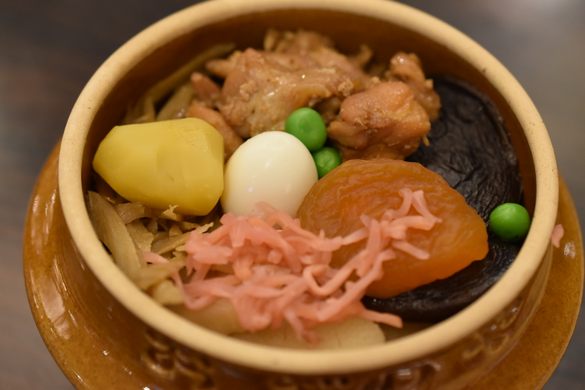
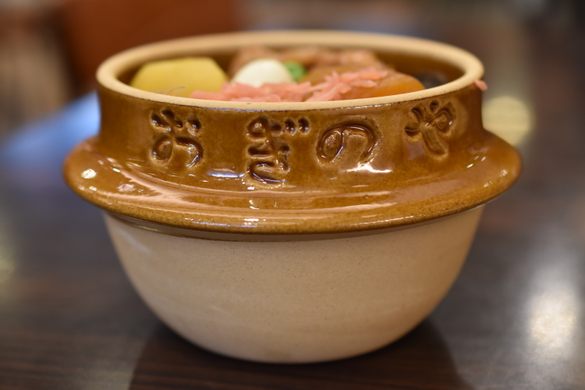
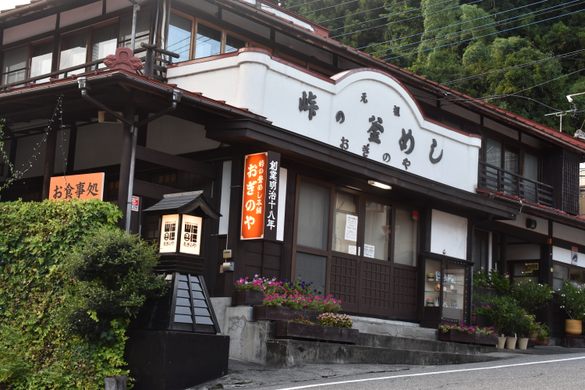
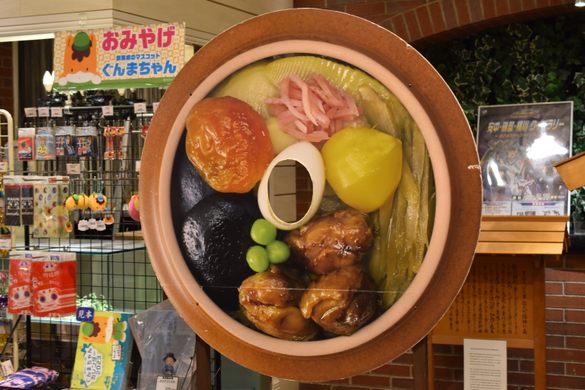

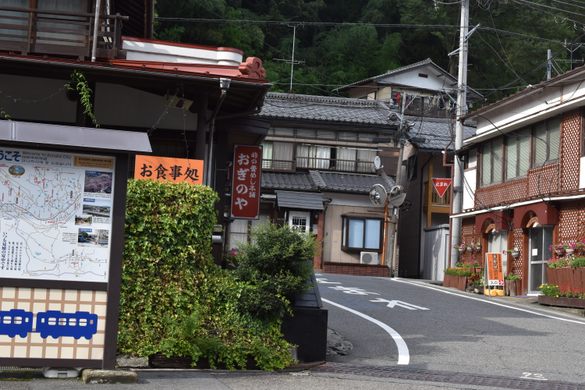

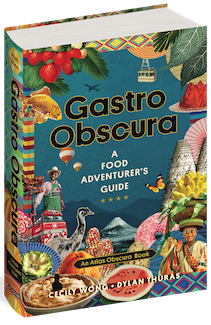

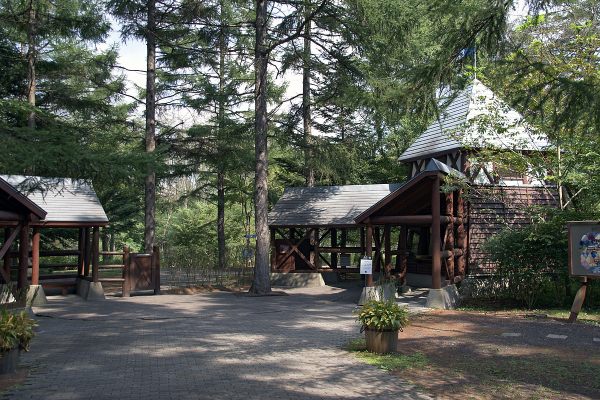
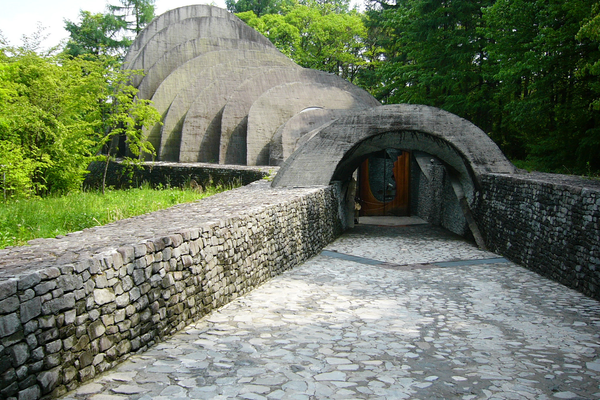

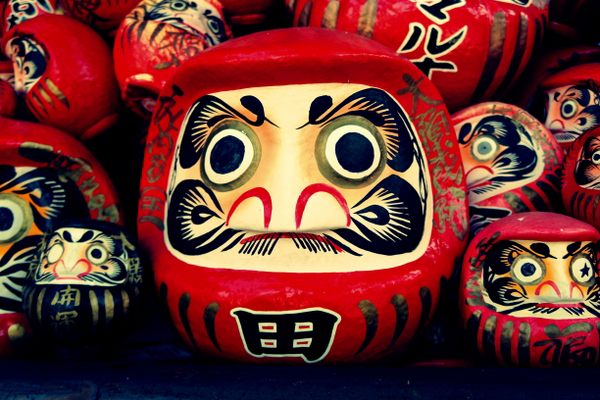

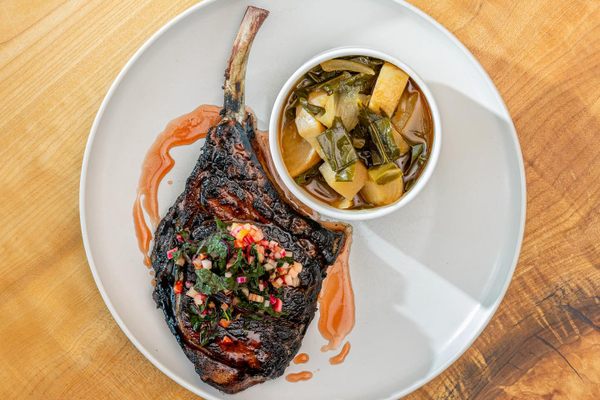



Follow us on Twitter to get the latest on the world's hidden wonders.
Like us on Facebook to get the latest on the world's hidden wonders.
Follow us on Twitter Like us on Facebook